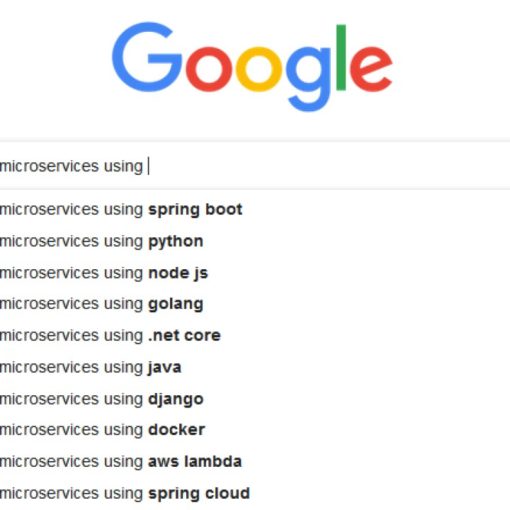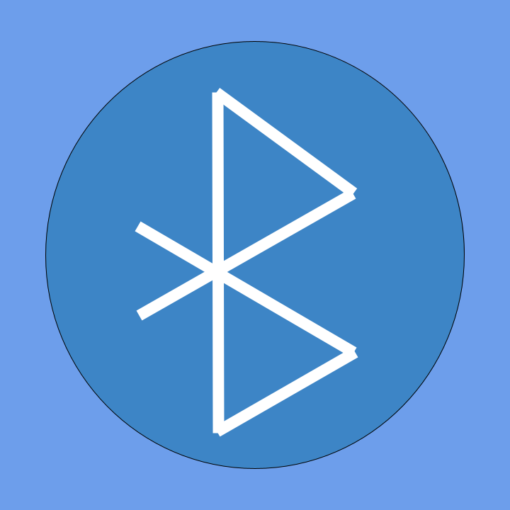If you’ve ever wondered why logging in through Microsoft Edge “just works” — but the same experience in Chrome or Safari suddenly asks for credentials — you’re not alone. SSO in play – read ahead!
Note: This article belongs to Bonus Content section in our Application Security series.
Single Sign-On (SSO) is often pitched as a magical, seamless login experience. But the reality is more nuanced — and depends on the browser, platform, and identity provider you use.
In this post, we’ll take a developer-centric look at:
- Why SSO feels inconsistent across browsers
- How Azure AD and Okta handle seamless login
- Whether silent SSO is truly achievable across Windows, macOS, and Linux
- What works, what doesn’t — and why
This is your no-fluff guide to understanding and designing platform-independent SSO in the real world.
What Is Silent SSO?
Silent SSO refers to authenticating a user without interrupting them — no login screen, no redirect, no prompt. It often involves:
- An existing session with the Identity Provider (IdP)
- Hidden iframes using OIDC’s
prompt=none - Automatic Kerberos-based login (in enterprise environments)
It’s the invisible glue that makes modern login feel “magic.” But making that magic work consistently is where the real challenge begins.
Why Edge “Just Works” with Azure AD
If you’re using Microsoft Edge on a Windows machine joined to Azure AD, chances are:
- You’re already signed into Windows with your work credentials
- Edge inherits that login context
- Kerberos or Windows Integrated Authentication (WIA) is automatically supported
- Microsoft configures trusted domains and security zones behind the scenes
This means:
When you visit an Azure AD–protected app, Edge can silently send a Kerberos token to prove your identity — no password prompt required.
It’s seamless, secure, and completely native to the Microsoft ecosystem.
But Chrome and Safari? Not So Fast.
Other browsers, even on the same machine, don’t have this native tie-in.
🟨 Chrome on Windows:
- Can support WIA/Kerberos, but only if explicitly configured.
- You must whitelist your auth domain using enterprise policies or registry settings:
AuthServerWhitelist="*.yourcompany.com" - Without this, Chrome won’t send Kerberos tokens, and SSO will prompt the user.
🍎 Safari on macOS:
- Doesn’t support Windows Integrated Authentication.
- No Kerberos or WIA out-of-the-box, so silent login to Azure AD fails.
- You’ll typically get a login prompt, even if you’ve already logged into your Mac.
🐧 Linux browsers:
- Also lack Kerberos unless configured manually.
- Even with configuration, Azure AD SSO won’t be seamless without third-party tools or federation.
Okta: The Platform-Neutral Alternative
Now, what if you’re working across macOS, Linux, Windows, and mobile devices? That’s where providers like Okta offer value.
✅ Okta is designed for:
- Cross-platform identity
- Cloud-native applications
- Standards-based auth: OIDC, SAML, OAuth 2.0
- Integrating with existing IdPs (like Azure AD or LDAP)
And yes, Okta supports Silent SSO, but with some caveats.
Silent SSO with Okta: What You Need to Know
| Requirement | Supported by Okta? | Notes |
|---|---|---|
| Same-browser session | ✅ | Silent login works if Okta session is active |
| Cross-browser session | ❌ | No — browsers can’t share cookies or context |
| Windows + Okta FastPass | ✅ | Supports seamless biometric or device login |
| Kerberos / WIA | ✅ (via IWA Agent) | Needs additional setup for true Windows SSO |
| Safari (macOS) | ⚠️ | May prompt; silent SSO not always reliable |
| Chrome on macOS | ✅ | Works with prompt=none if session is valid |
| Mobile apps | ✅ | Use Okta SDKs or OAuth/OIDC flows |
So yes, Okta can deliver silent SSO, but:
- It depends on whether the session exists
- It can’t fully control browser or OS behaviors
- Browser restrictions on cookies, storage, and iframes can break silent flows
Azure AD vs Okta: SSO Comparison
| Feature | Azure AD (Microsoft Entra ID) | Okta |
|---|---|---|
| Native to Windows/Edge | ✅ | ❌ |
| Seamless SSO on macOS | ❌ | ⚠️ (with device trust) |
| OIDC / OAuth 2.0 support | ✅ | ✅ |
| Kerberos / WIA | ✅ | ✅ (with IWA agent) |
| Device Trust / FastPass | ❌ | ✅ |
| Platform independence | ⚠️ Mostly Windows-centric | ✅ True cross-platform |
| Federation with other IdPs | ✅ | ✅ |
| Ideal for modern apps | ✅ | ✅ |
| Ideal for hybrid legacy + cloud | ✅ | ✅ |
Best Practices for Seamless SSO
- 🔐 Don’t rely solely on browser-based WIA/Kerberos unless you’re fully Windows/Microsoft-based
- 🌍 Use OIDC or SAML for standards-based SSO that works across browsers and devices
- 🧠 Leverage Okta, Auth0, or similar IdPs to abstract platform quirks and unify experience
- 📱 For SPAs or mobile apps, use silent token renewal (prompt=none) + refresh tokens
- 🧪 Test SSO behavior across all browsers and OS combinations you support
Conclusion
SSO is simple in theory — but tricky in real-world, multi-platform environments.
- On Windows with Edge, Azure AD provides a seamless native experience.
- On macOS and Linux, Okta and other cloud-native IdPs offer better flexibility.
- For true cross-browser silent SSO, you need to balance protocol support, device trust, and session behavior.
Knowing where the rough edges are helps you architect authentication that’s both secure and seamless — and doesn’t leave your users frustrated with endless login prompts.
Wandering how you landed here? This post is a part from the Application Security blog series. Check it out for more info.




